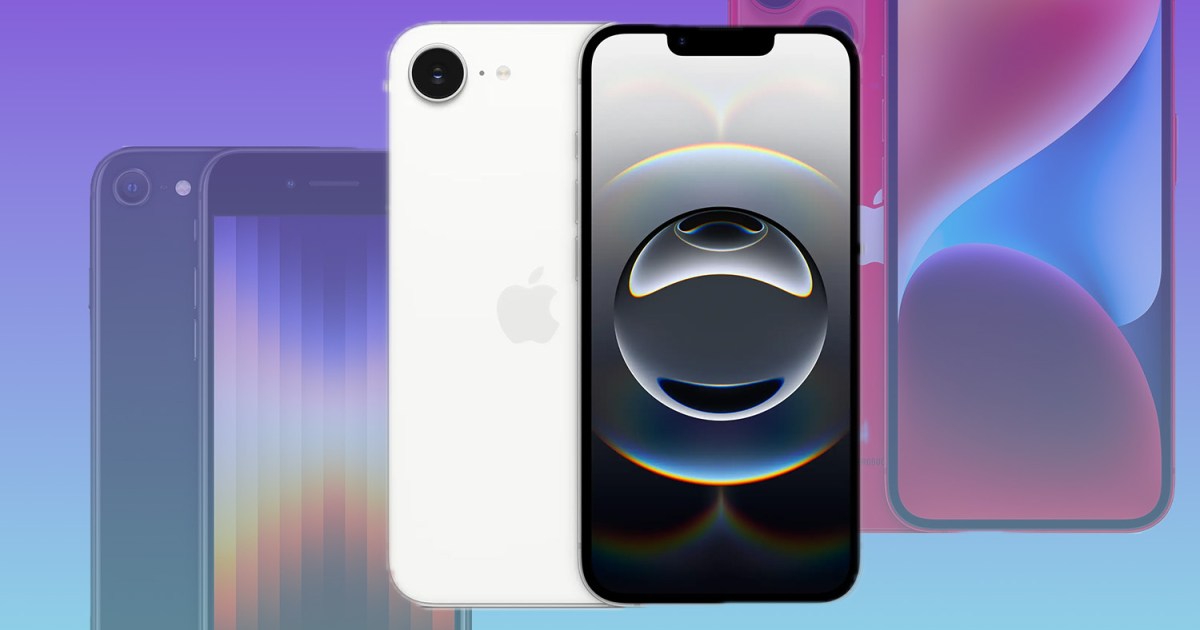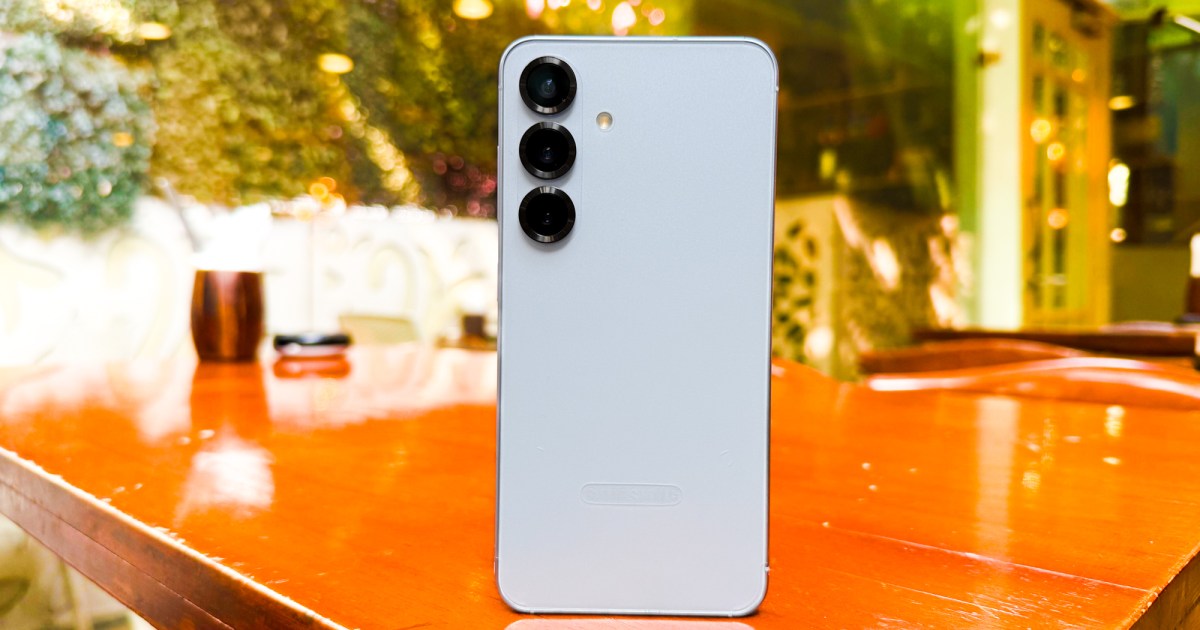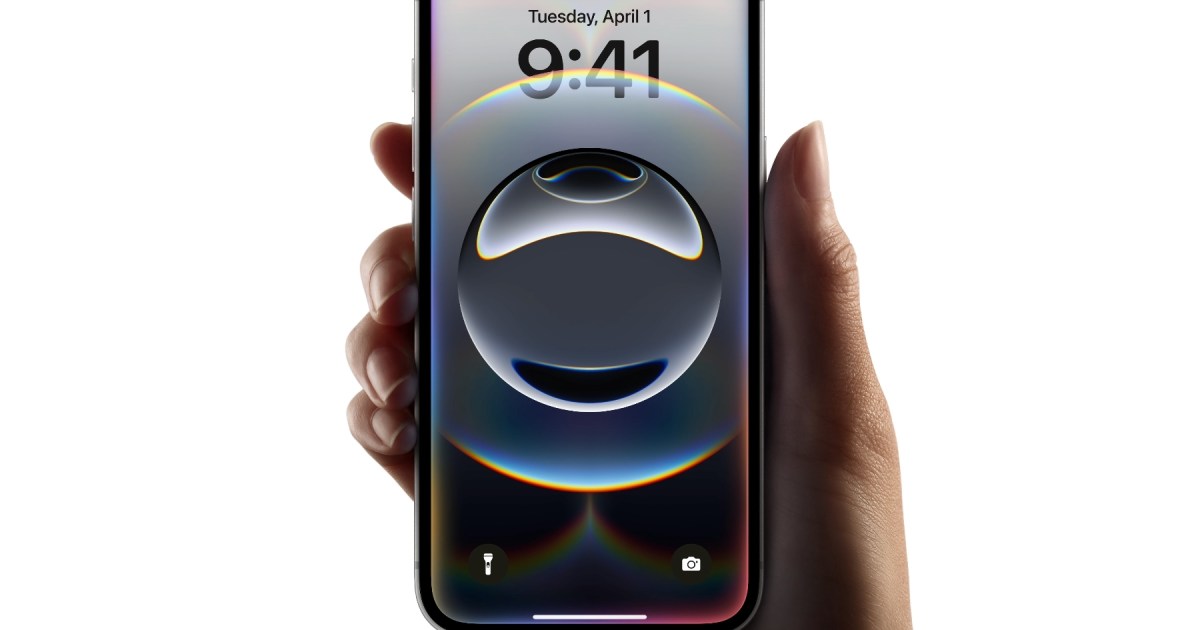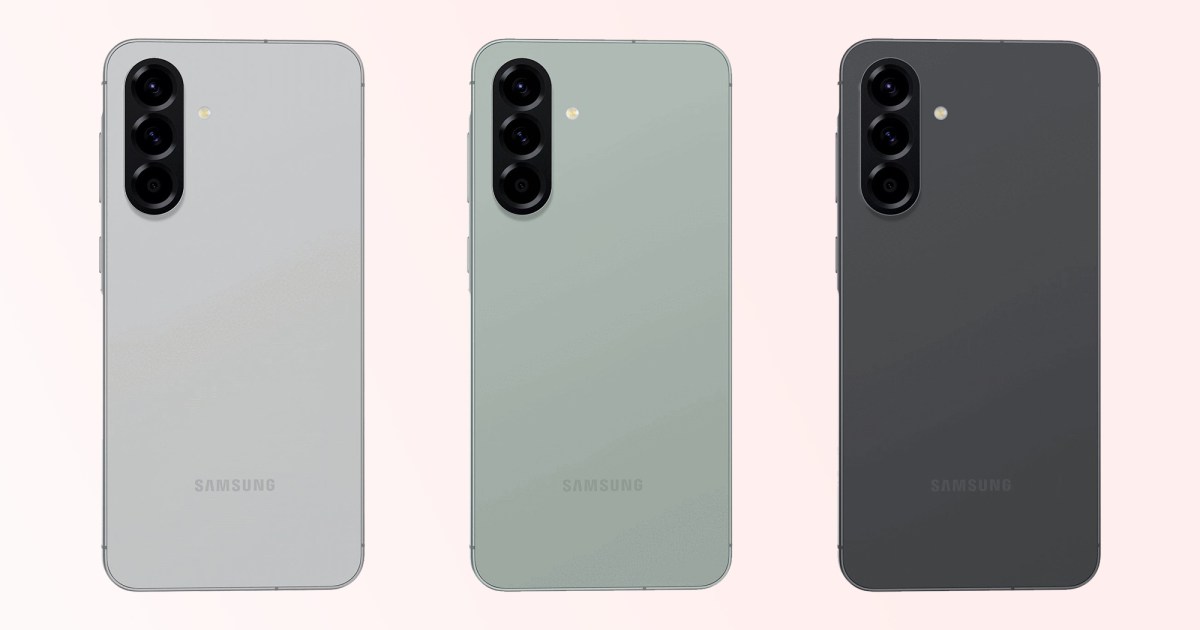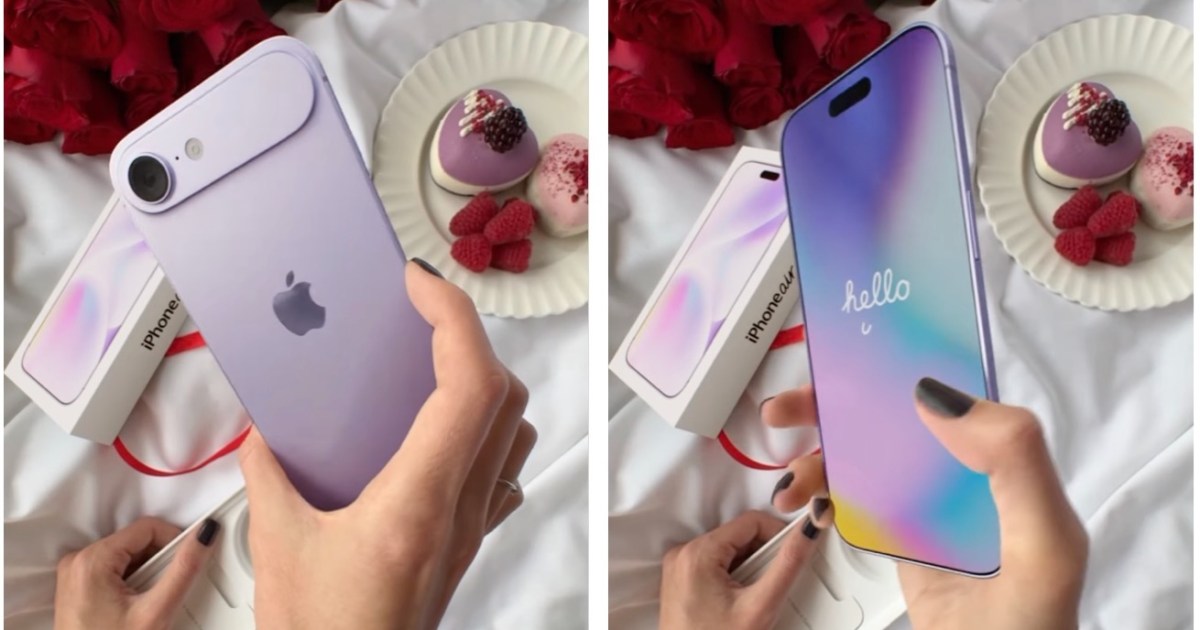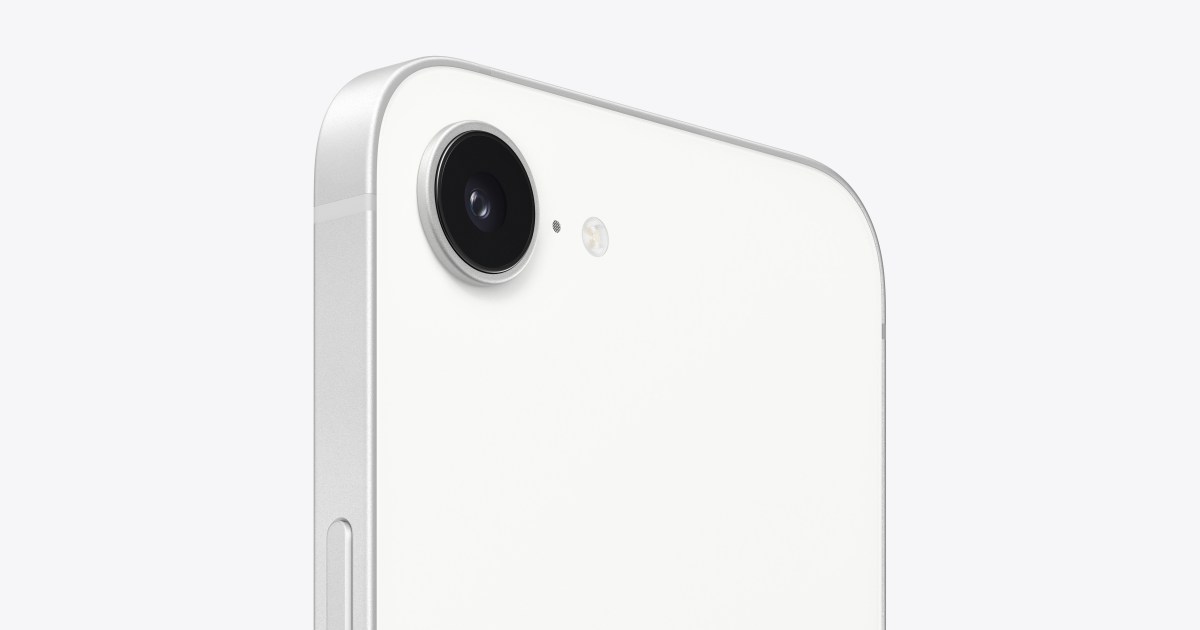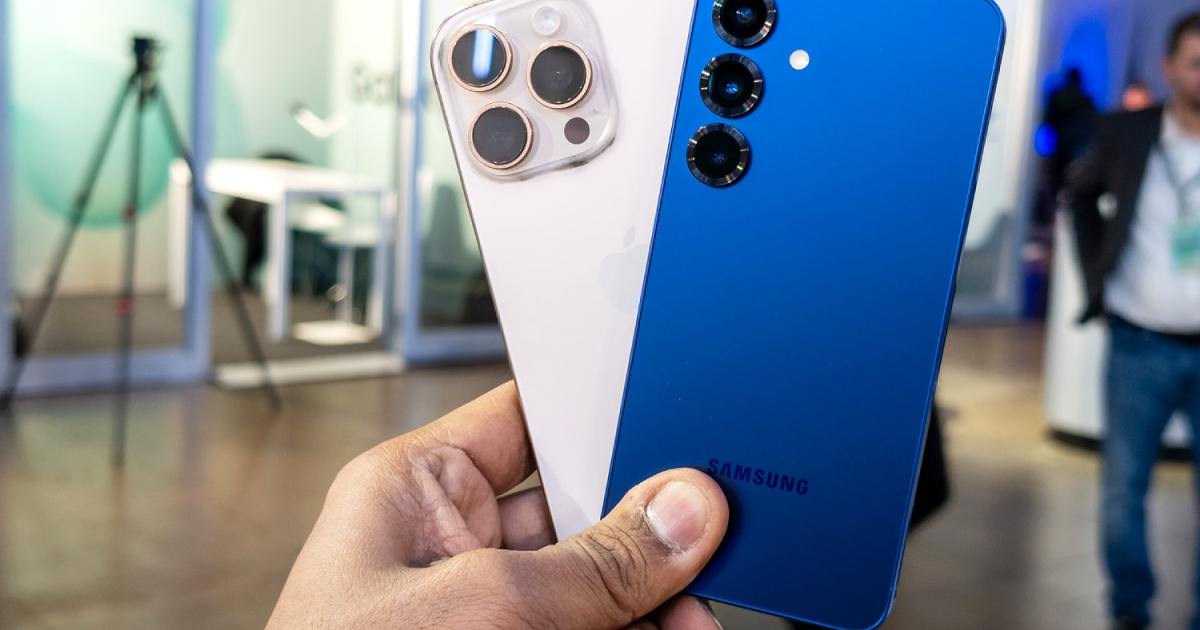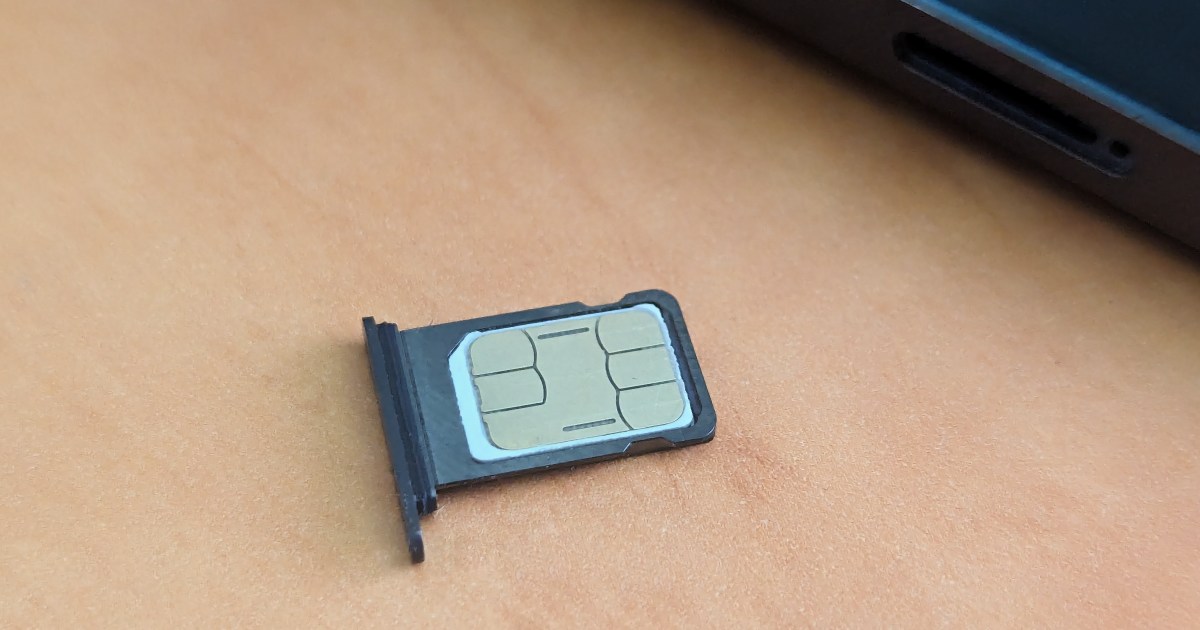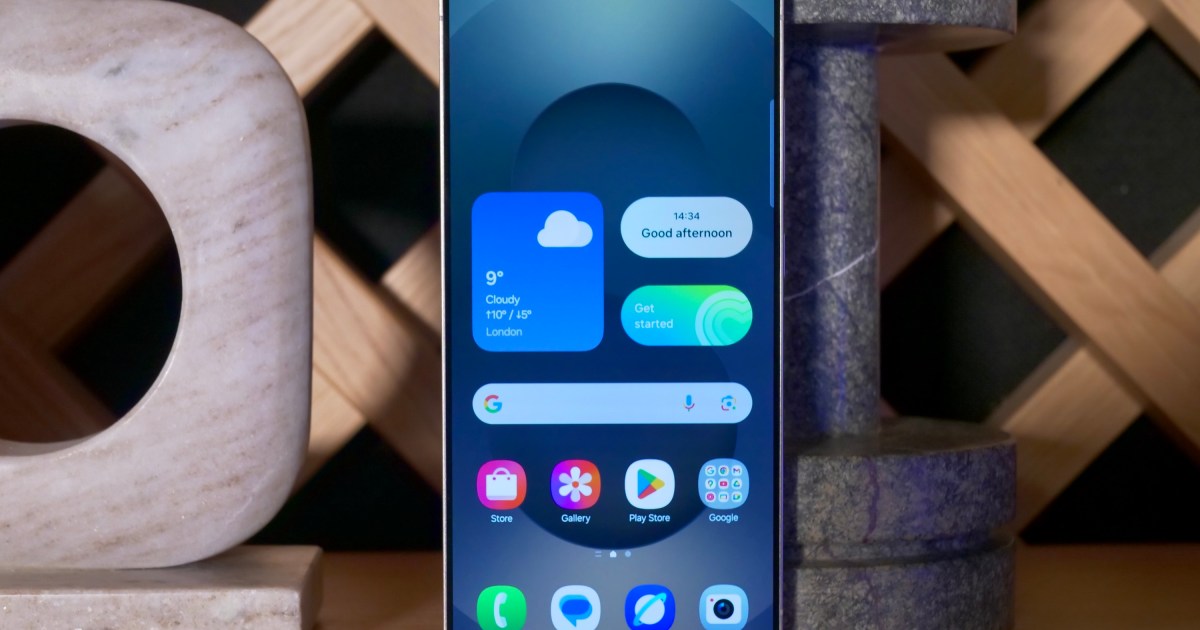The first half of the year typically marks the arrival of a new budget iPhone. This year, however, Apple surprised us not with an iPhone SE 4, but with the iPhone 16e. Replacing both the iPhone SE 3 and the iPhone 14, this new handset takes design cues from the latter while boasting a lower price point. But does the iPhone 16e offer true value, or are the cost savings achieved through unacceptable compromises?
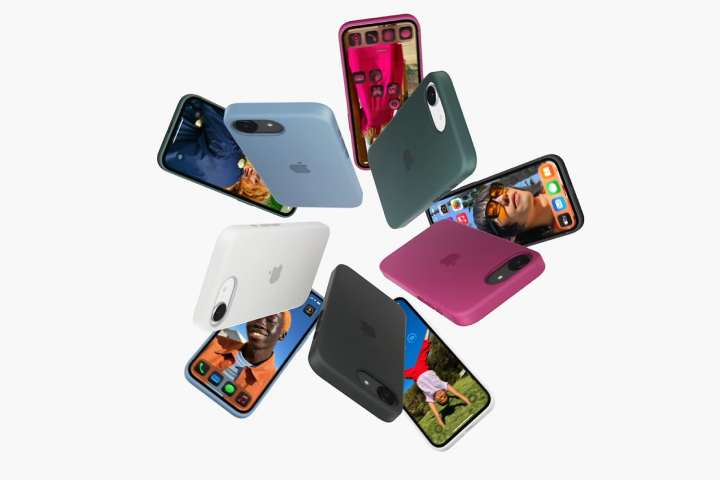 A group of iPhone 16e phones arranged in a pattern.
A group of iPhone 16e phones arranged in a pattern.
Notable Improvements
The iPhone 16e inherits the iPhone 14’s stunning 6.1-inch Super Retina XDR (OLED) display, a significant upgrade from the LCD found in the iPhone SE 3. This not only delivers a superior visual experience but also enables Face ID, replacing the older Touch ID. The 16e is also slightly lighter than the iPhone 14, a welcome improvement for everyday use.
Under the hood, the A18 chip powers the iPhone 16e, providing a substantial performance boost over the iPhone 14’s A15 Bionic. This translates to smoother multitasking, faster app launches, and enhanced graphics performance. The A18’s advanced Neural Engine further elevates the user experience, enabling Apple Intelligence, a feature absent in the iPhone 14.
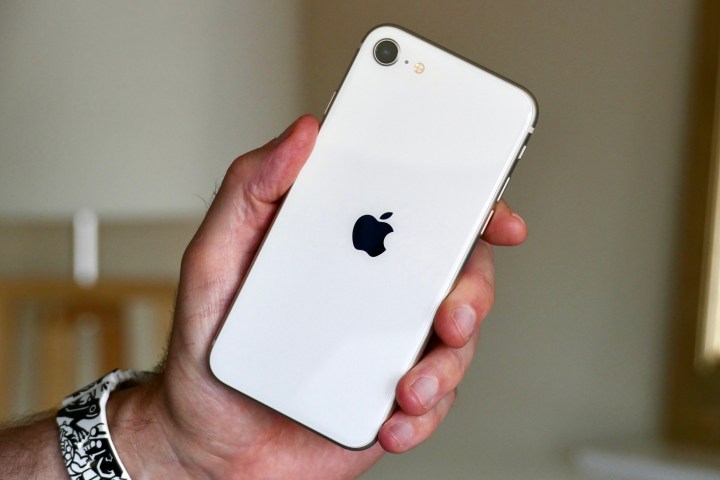 The Apple iPhone SE (2022) being held in a mans hand.
The Apple iPhone SE (2022) being held in a mans hand.
Combined with a more efficient battery, the A18 chip extends the iPhone 16e’s battery life by up to six hours compared to its predecessor. Other welcome additions include the versatile Action Button, a USB-C port, and camera enhancements like Visual Intelligence, improved optical zoom, and HDR 5 for richer, more dynamic photos. Video recording benefits from wind noise reduction and Apple’s Audio Mix feature.
Disappointing Downgrades
While the iPhone 16e offers some compelling upgrades, certain omissions raise concerns. Most notably, MagSafe and the ultra-wide camera are absent. While understandable from a cost-saving perspective, the lack of these features feels like a step backward, especially in 2025. The ultra-wide camera, now commonplace on most smartphones, offers valuable versatility for various shooting scenarios.
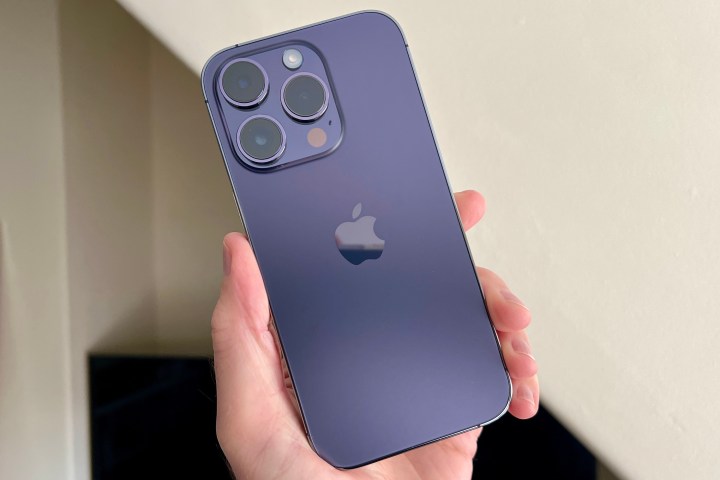 iPhone 14 Pro in Deep Purple, held in a mans hand.
iPhone 14 Pro in Deep Purple, held in a mans hand.
The absence of an ultra-wide camera also means the omission of Cinematic mode and Action mode, impacting video recording capabilities. Further, the lack of an ultra-wideband chip limits features like precise location tracking and enhanced connectivity.
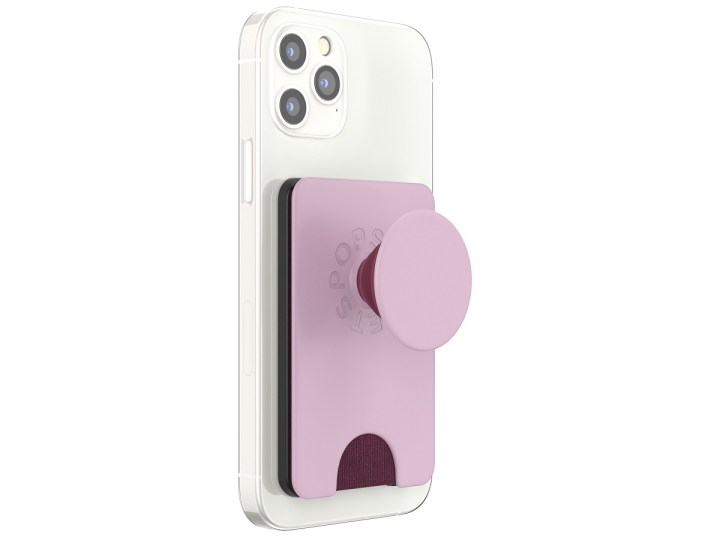 The PopSockets PopWallet+ attached to an iPhone using MagSafe.
The PopSockets PopWallet+ attached to an iPhone using MagSafe.
Finally, the limited color options of black and white seem strangely restrictive in today’s market.
Conclusion
The iPhone 16e represents a significant upgrade for users of the iPhone SE 3 and earlier models. The larger display, powerful A18 chip, and various other improvements are undeniably attractive. However, the absence of key features like MagSafe, the ultra-wide camera, and the limited color choices make the 16e feel like a compromise. While the lower price point is appealing, potential buyers should carefully weigh these trade-offs against the added value offered by the standard iPhone 15. Is saving a few dollars worth sacrificing essential features and functionality? The answer, ultimately, depends on individual needs and priorities.



